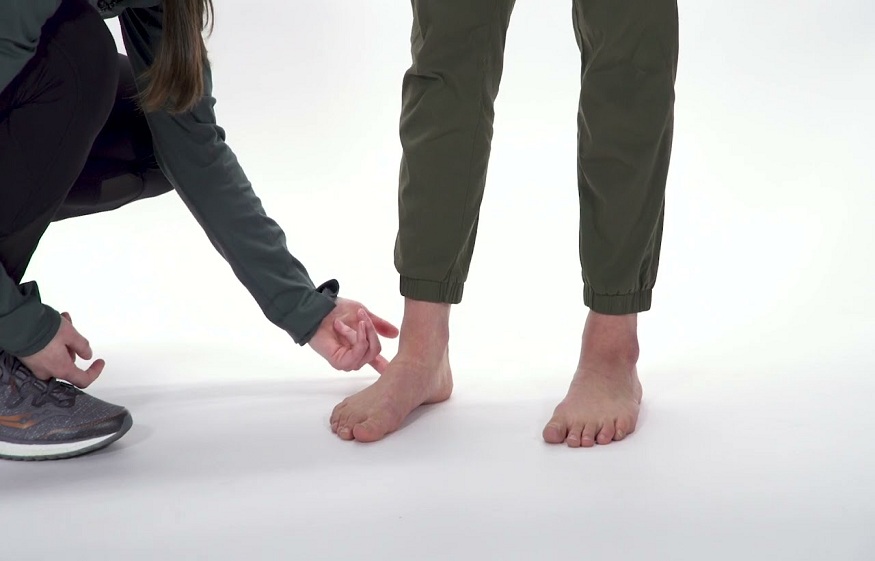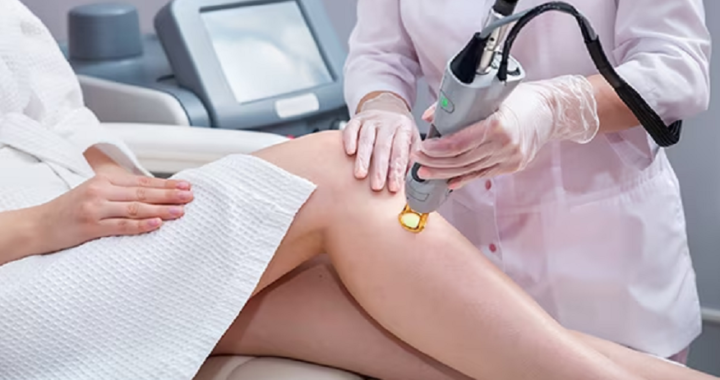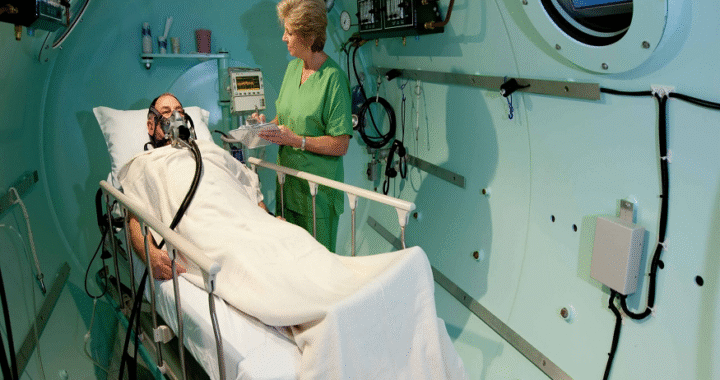Treatment Options for High Arches

The arch is known as the slightly curved region between your heel and your foot’s ball. Some people’s exceptionally high arches can cause a variety of issues, from sporadic pain to long-lasting structural alterations.
Some folks simply have high arches by birthright. However, for other people, having high arches is a sign of another illness.
First of all, how do I know if I have high arches?
Standing on a big sheet of paper with wet feet can reveal whether or not you have high arches. Remove your feet from the paper after letting the moisture from your feet soak into the paper.
If you have high arch feet, the only parts of it that would leave an impression on the paper are the front and heel. A moderately high arch is present if there is only a small imprint between the two.
Your foot doctor may also employ various other tools, such as the following, to assess your arches:
- your family health history
- physical examination
- review of your walking pattern and pattern of wear on your shoes
- X-ray
- electromyography
- nerve conduction velocity (NCV)
Is there anything I can do at home about high arches?
High arches are a pretty typical characteristic. Unlike having cracked feet, some people simply have taller arches than others, yet they can sometimes be caused by a medical issue. You might need to spend money on some high-quality insoles or a night brace if they start to cause issues.
You can get more specific information about what will meet your needs from your healthcare practitioner.
There are a number of things you may do in the interim to alleviate or minimize problems brought on by high arches. These consist of:
Orthotic equipment
In order to add additional stability and cushioning to your shoes, you can wear orthotic devices. They can be created to order or you can purchase a prepared set online.
Foot pads
You can use silicone, felt, or foam foot pads in your shoes to alleviate pressure and soreness. These are accessible online.
Night braces
To treat plantar fasciitis, wear night splints while you sleep to stretch your calf and your foot’s arch.
Special walking footwear
Walking can be more comfortable when wearing shoes with characteristics designed to support and accept high arches on the feet. A bigger toe box, supportive shoe insoles Singapore, and midsoles are things to look for in shoes.
Apply ice
You can ease pain and inflammation in your foot by applying ice. By immersing your feet in cold water or using an ice pack wrapped in a towel, you can ice your foot for 20 minutes at a time throughout the day.
Painkillers sold over-the-counter (OTC)
In particular after a long day on your feet, acetaminophen (Tylenol) and nonsteroidal anti-inflammatory medicines (NSAIDs) can be used to relieve inflammation and pain.
Do high arches have any medical remedies?
High arches typically don’t necessitate medical attention. However, if your illness is serious or was brought on by a structural issue or underlying condition, you might require both surgery and physical therapy.
Any medical treatment for high arches aims to make your foot more stable, which helps to make up for any weakness brought on by high arches.

 How to Find the Best Treatment for Scoliosis in Dubai
How to Find the Best Treatment for Scoliosis in Dubai  Vital Traits to Consider when Searching for the Best Depression Treatment Clinic
Vital Traits to Consider when Searching for the Best Depression Treatment Clinic  Supporting Testosterone Treatment: Top 5 Ways to Get the Most Out of TRT
Supporting Testosterone Treatment: Top 5 Ways to Get the Most Out of TRT  Innovative BPH Treatment Options: HoLEP and Beyond
Innovative BPH Treatment Options: HoLEP and Beyond  All You Need to Know About Neck Surgeries
All You Need to Know About Neck Surgeries  What to expect during a laser hair removal treatment
What to expect during a laser hair removal treatment  Repairing the Body with Hyperbaric Oxygen Therapy
Repairing the Body with Hyperbaric Oxygen Therapy  How Nicotine Replacement Therapy Works
How Nicotine Replacement Therapy Works  How to Reduce Melanin in Skin Naturally
How to Reduce Melanin in Skin Naturally  Dr. Kami Hoss Discusses the Importance of Prioritizing Oral Health
Dr. Kami Hoss Discusses the Importance of Prioritizing Oral Health